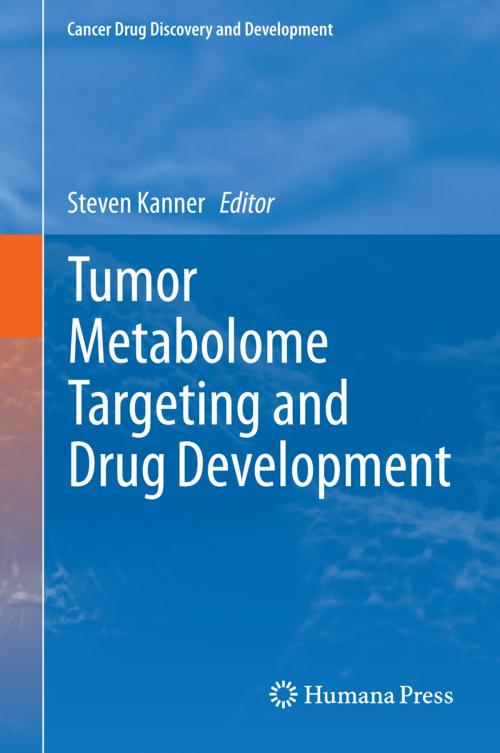Tumor Metabolome Targeting and Drug Development
Nonfiction, Science & Nature, Science, Other Sciences, Molecular Biology, Health & Well Being, Medical, Specialties, Oncology| Author: | ISBN: | 9781461495451 | |
| Publisher: | Springer New York | Publication: | January 7, 2014 |
| Imprint: | Humana | Language: | English |
| Author: | |
| ISBN: | 9781461495451 |
| Publisher: | Springer New York |
| Publication: | January 7, 2014 |
| Imprint: | Humana |
| Language: | English |
In this volume, the major metabolic alterations identified in cancer and tumor-associated cells are explored, including discussions of former and emerging approaches to drug development in targeting cancer cell metabolism.
The metabolic network in cells promotes the generation of both energy and biomass needed for them to grow, divide and differentiate. However, the metabolism of malignant cells generally varies from that of normal cells. These differences provide a platform for the discovery of new approaches to targeting potential vulnerabilities in cancer cells for therapeutic options Some of the significant changes that occur involve ATP production and consumption that modulates the ATP to ADP ratio, hypoxia and the effects of reactive oxygen species on glycolysis, regulation of mitochondrial respiration, induction and suppression of autophagy, and the Warburg effect and “reverse” Warburg effect--these topics and more are discussed in this volume.
In this volume, the major metabolic alterations identified in cancer and tumor-associated cells are explored, including discussions of former and emerging approaches to drug development in targeting cancer cell metabolism.
The metabolic network in cells promotes the generation of both energy and biomass needed for them to grow, divide and differentiate. However, the metabolism of malignant cells generally varies from that of normal cells. These differences provide a platform for the discovery of new approaches to targeting potential vulnerabilities in cancer cells for therapeutic options Some of the significant changes that occur involve ATP production and consumption that modulates the ATP to ADP ratio, hypoxia and the effects of reactive oxygen species on glycolysis, regulation of mitochondrial respiration, induction and suppression of autophagy, and the Warburg effect and “reverse” Warburg effect--these topics and more are discussed in this volume.















